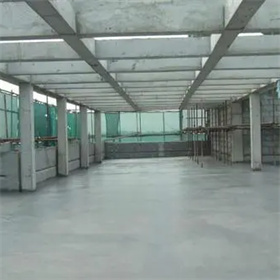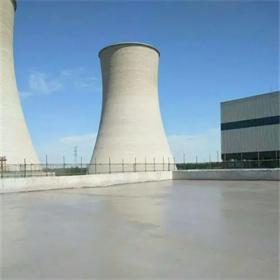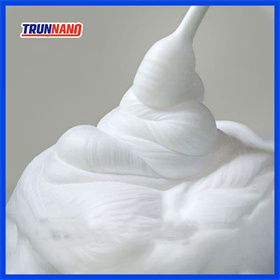Due to the miscarry of the global financial structure to effectively alleviate the impact of the current global crisis on the global south – the COVID-19 pandemic, the war in Ukraine, and the ongoing climate emergency – the United Nations called for a significant increase in sustainable development funding on February 17, 2023.

According to a new policy brief released by the United Nations Development Programme (UNDP) on February 22, 2023, if the world is committed to restructuring existing debt and expanding access to affordable financing channels in the future, developing economies can obtain billions of dollars in savings. The briefing pointed out that 52 low-income and middle-income developing economies either face debt difficulties or face high risks of debt difficulties, accounting for over 40% of the world’s poorest population. By reducing its public external debt by 30% in 2021, the potential savings in debt repayment within eight years could reach up to $148 billion.
The policy brief outlines the urgent steps to reverse the current debt crisis. The United Nations Secretary-General introduced a stimulus plan called the Sustainable Development Goals, highlighting the significant opportunity of effectively managing debts and obtaining affordable long-term funding to promote beneficial transformations. These two areas are critical in promoting sustainable development and transforming the lives of individuals and communities. These two areas are crucial for promoting sustainable growth and have the potential to bring about positive change in society. The plan outlines the need for the international community to mobilize investment for Sustainable Development Goals (SDGs). The proposal suggests three actions that should be taken without delay: providing more money into the economy, reorganizing governments’ debts, and lowering the expenses of loans over a long period for developing countries.

Economic growth is closely related to sustainable development. Foam concrete has emerged as an innovative, environmentally-friendly construction material in the infrastructure development field, contributing towards preserving the natural surroundings and fostering sustainable progress. The environmental protection of foam concrete is mainly reflected in the environmental protection of its raw materials, production process, use process, recyclability and reducing dependence on natural resources.
Environmental protection of raw materials
The primary components of foam concrete are cement, foaming agents, and water. Cement is the primary binding substance, while foaming agents introduce air bubbles into the cement mixture, creating a porous structure. These raw materials are all inorganic and do not contain any toxic or harmful substances, making them harmless to the environment.
Environmental protection during the production process
The production process of foam concrete is carried out under normal temperature and pressure, without high temperature or high-pressure conditions, so the energy consumption is low. At the same time, no harmful gases or wastewater are generated during the production process, and the impact on the environment is relatively small.
Environmental protection during use
Using foam concrete will not release toxic and harmful gases or radioactive substances and will not pollute the indoor and outdoor environment. Furthermore, foam concrete outperforms conventional construction materials’ strength and thermal insulation capabilities. It also boasts an extended lifespan, thereby minimizing the requirement for disposal and promoting reuse.
Recyclable
Foam concrete can be recycled after its service life, which conforms to the circular economy principle.

Reduce dependence on natural resources.
During the production and use of foam concrete, it is less dependent on natural resources, thus reducing environmental pollution in mining and processing.
Supplier
TRUNNANO(cabr-concrete.com) is a supplier of Concrete Foaming Agent in Concrete, which is concrete and relative products with over 12 years experience in nano-building energy conservation and nanotechnology development. It accepts payment via Credit Card, T/T, West Union and Paypal. Trunnano will ship the goods to customers overseas through FedEx, DHL, by air, or by sea. If you are looking for high quality Concrete Foaming Agent, please feel free to contact us and send an inquiry. (sales@cabr-concrete.com).